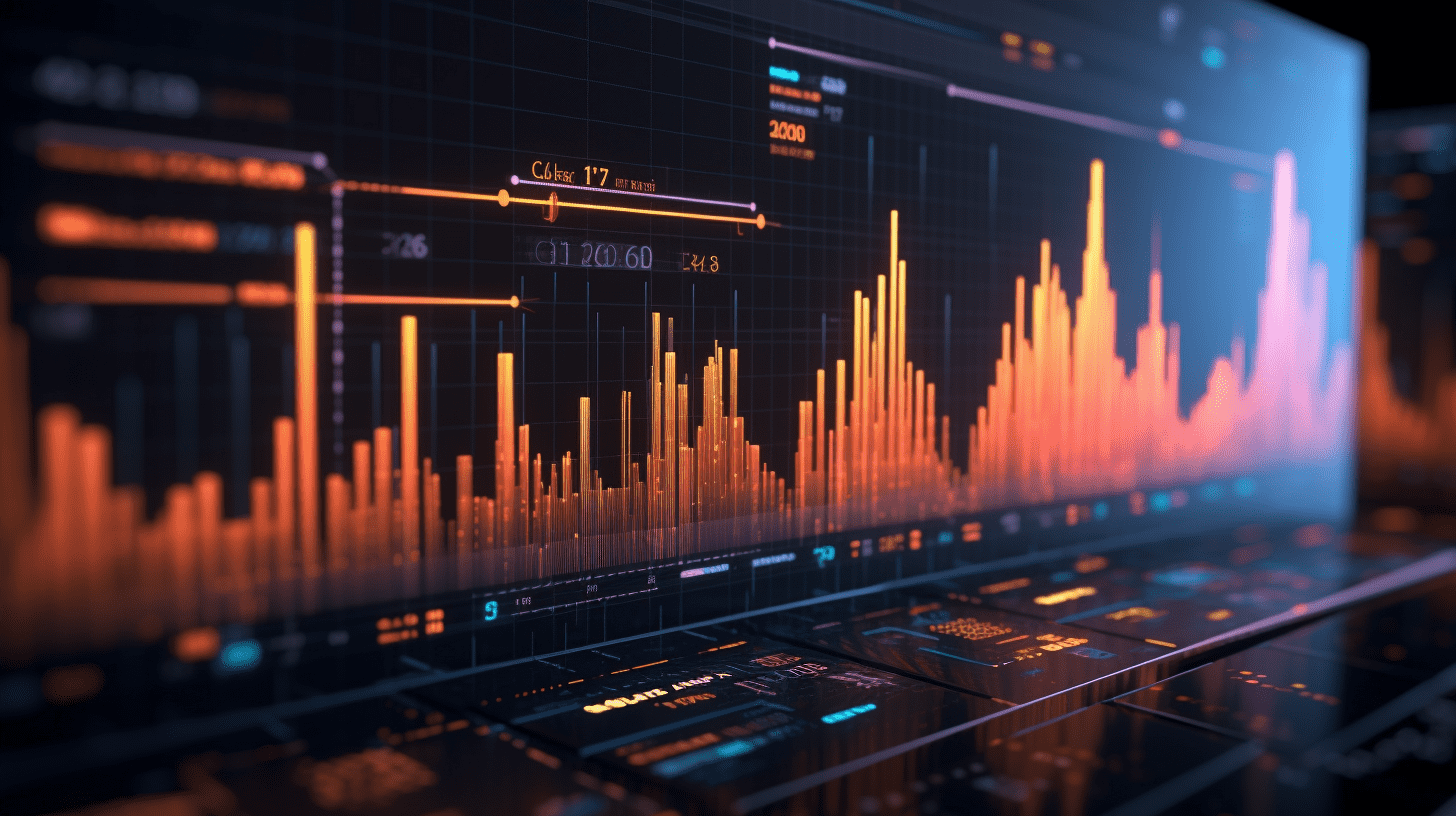HSBC: The USD to HKD exchange rate may soon reach 7.85!
HSBC's research report indicates that due to the slowing down of arbitrage trading and untimely inflow of stock funds, the US dollar against the Hong Kong dollar may soon test 7.85.
HSBC released a research report stating that the sudden easing of Hong Kong dollar liquidity recently has caused a sharp drop in Hong Kong dollar interest rates, leading to active interest rate arbitrage activities and a significant rebound in the US dollar against the Hong Kong dollar. The bank believes that the speed of southbound stock fund inflows in the future; current Hong Kong dollar demand related to dividend season and IPOs; whether Hong Kong residents are engaging in "de-dollarization" transactions, and market expectations of a rate cut by the Federal Reserve will be important factors affecting whether the US dollar can significantly break through 7.85 against the Hong Kong dollar. The bank also believes that the recent exchange rate volatility is a normal phenomenon, and the Hong Kong Monetary Authority has sufficient foreign exchange reserves to maintain the linked exchange rate system.
Its main points are as follows:
Recently, the US dollar against the Hong Kong dollar has experienced some fluctuations within a range, which is a normal phenomenon and in line with the operation of the linked exchange rate system.
In early May, due to strong demand for the Hong Kong dollar brought about by stock market activity, as well as concerns about "de-dollarization" and speculation about the "Haihu Zhuangyuan Agreement" causing significant volatility in the Taiwan dollar, the currency pair fell to 7.75. The Hong Kong Monetary Authority bought $17 billion and sold $129.4 billion Hong Kong dollars, increasing the total balance from $44.6 billion Hong Kong dollars to $174 billion Hong Kong dollars, reaching the highest level since July 2022.
The sudden easing of Hong Kong dollar liquidity led to a sharp drop in Hong Kong dollar interest rates. Overnight Hong Kong Interbank Offered Rate (HIBOR) fell to near zero levels. The spread between short-term secured overnight financing rate (SOFR) and HIBOR reached unprecedented levels (for example, the spread for a one-month period exceeded 350 basis points, surpassing the peak of nearly 250 basis points reached during the 2022-2023 Federal Reserve rate hike cycle). Interest rate arbitrage activities (such as US dollar against Hong Kong dollar arbitrage trading, converting Hong Kong dollar deposits into US dollar deposits, banks lending out Hong Kong dollars through buying and selling foreign exchange swaps) led to a rebound in the US dollar against the Hong Kong dollar, and foreign exchange forward points plummeted.
Indeed, the speed of the rebound of the US dollar against the Hong Kong dollar is faster than expected. It appears that retail investors' temporary demand for Hong Kong dollars in anticipation of initial public offering (IPO) subscriptions (note: in mid-May there were two large IPOs- Contemporary Amperex Technology and Jiangsu Hengrui Pharmaceuticals;), as well as corporate demand for dividend payments, can be fully met with the expanded total balance.
In addition, capital inflows through the Shanghai-Hong Kong Stock Connect southbound stock trading from mainland China - which had been a key support for the strength of the Hong Kong dollar in previous months - suddenly slowed to $5.8 billion in May (compared to an average of $20 billion per month in January-April). In fact, there were unusual outflows of funds in the first half of May (mainland investors repatriating funds).
These factors have exacerbated existing issues with weak credit demand in the Hong Kong economy. Even before the total balance expanded in early May, Hong Kong dollar interest rates were already lower than US dollar interest rates. The Hong Kong dollar deposit loan ratio has been declining, reaching a decades-low of 72.3% in April.
In contrast, HSBC noted that when the total balance approached current levels in July 2022, this ratio was around 87%. Although there were preliminary signs of a recovery in property sales after the sharp drop in HIBOR in May (South China Morning Post, May 1), the overall cyclical outlook remains challenging due to weak demand in mainland China and uncertainty in US trade policy.
I. The US dollar against the Hong Kong dollar may soon touch 7.85
When banks sell Hong Kong dollars to the Hong Kong Monetary Authority, the total balance decreases, pushing HIBOR up from its current extremely low levels. However, whether the US dollar against the Hong Kong dollar can significantly break through 7.85 depends on:
How low the total balance will drop. The total balance dropped to $54 billion in 2019 and $45 billion in 2023.
Whether stock fund inflows (especially through southbound stock trading) will accelerate;
And whether there will be additional Hong Kong dollar demand related to the current dividend season and IPOs (as reported by the media on May 28, Shein plans to list in Hong Kong this year).
Whether Hong Kong residents are engaging in "de-dollarization" transactions. According to US Treasury International Capital (TIC) data, Hong Kong holds $520 billion in long-term US securities. The Hong Kong Monetary Authority disclosed that 79% of its foreign exchange reserves are in US assets (about $320 billion). Therefore, HSBC estimates that the private sector holds at least $200 billion in long-term US securities (excluding investments held through European custodians) and holds nearly $1 trillion in US dollar deposits in Hong Kong (representing 42% of total deposits in the system). Residents may also reduce the outflow of funds to the US for stocks and bonds in recent years (Chart 10).
Market expectations for a rate cut cycle by the Federal Reserve. Currently, federal funds rate futures markets expect a rate cut of about 60 basis points starting in September. Repositioning by doves could push the US dollar against the Hong Kong dollar lower, and vice versa.
II. Can the total balance decrease and HIBOR normalize without the US dollar against the Hong Kong dollar testing 7.85?
Yes, if the Hong Kong Monetary Authority increases the net issuance of Exchange Fund Bills and Notes (EFBN) to absorb the total balance. The last time this happened was from September 2021 to February 2022 (Chart 11), when the total balance was higher ($457 billion) and both US and Hong Kong dollar rates were close to 0%, with the US dollar against the Hong Kong dollar fluctuating around 7.80. HSBC's interest rate strategy team believes there is currently no need to do this.
III. Can the total balance temporarily drop to zero or even negative without the US dollar against the Hong Kong dollar testing 7.85?
Yes, banks can use their EFBNs to obtain overnight discounted window loans, and the Hong Kong Monetary Authority also has long-term liquidity support tools.
The recent rapid V-shaped movement of the US dollar against the Hong Kong dollar and deep negative foreign exchange forward points (resulting in forward spot exchange rates exceeding the range) is quite unusual, but this does not mean that the linked exchange rate system is not functioning correctly.The system is not operating normally. Looking back in history, when the Federal Reserve sharply cut interest rates, the US dollar to Hong Kong dollar exchange rate fell to 7.75. Therefore, past episodes of accumulation occurred when both US and Hong Kong interest rates were close to the lower limit, and forward exchange points were suppressed. However, fluctuations in the US dollar to Hong Kong dollar exchange rate within the range are driven by many factors, not just the Federal Reserve's interest rate cycle and interest differentials. As mentioned earlier, the unprecedented influx of funds through the southbound stock connect suddenly slowed down in May. In addition, recent historical US dollar correlations have broken down, despite the high Federal Funds rate, leading to a widespread weakening of the US dollar in the face of high US policy uncertainty.Ultimately, the key to the sustainability of the linked exchange rate system is the Hong Kong Monetary Authority holding sufficient foreign exchange reserves - which it indeed does, close to 200% of the monetary base, exceeding the theoretical requirement of 100% - in order to defend against the USD/HKD test of 7.85, and the authorities have regulatory tools to manage potential volatility when necessary (e.g. managing interest rates and open capital accounts under the impossible trinity in the case of free capital flow) and limit the impact on the economy (e.g. fiscal stimulus when interest rates are too high, market regulation when interest rates are too low).
Some may argue that the asynchrony of Hong Kong's economic cycle with that of the US increases, raising doubts about the applicability of the linked exchange rate system. While this may be true recently, it is not a unique issue, as other economies that do not have fixed exchange rates and set their own interest rates also face their own challenges.
Ultimately, the US dollar and interest rates have a significant global impact, especially for a small, open economy with a large financial sector like Hong Kong.
Related Articles

The Unraveling of the Trump-Musk Alliance

Insider trading in the US Congress? Members of Congress buying and selling stocks in a big way as Trump announces "equal tariffs"

This year's first rebound! Small business confidence in the United States rebounded in May, with tariffs and tax legislation becoming hidden concerns.
The Unraveling of the Trump-Musk Alliance

Insider trading in the US Congress? Members of Congress buying and selling stocks in a big way as Trump announces "equal tariffs"

This year's first rebound! Small business confidence in the United States rebounded in May, with tariffs and tax legislation becoming hidden concerns.

RECOMMEND





